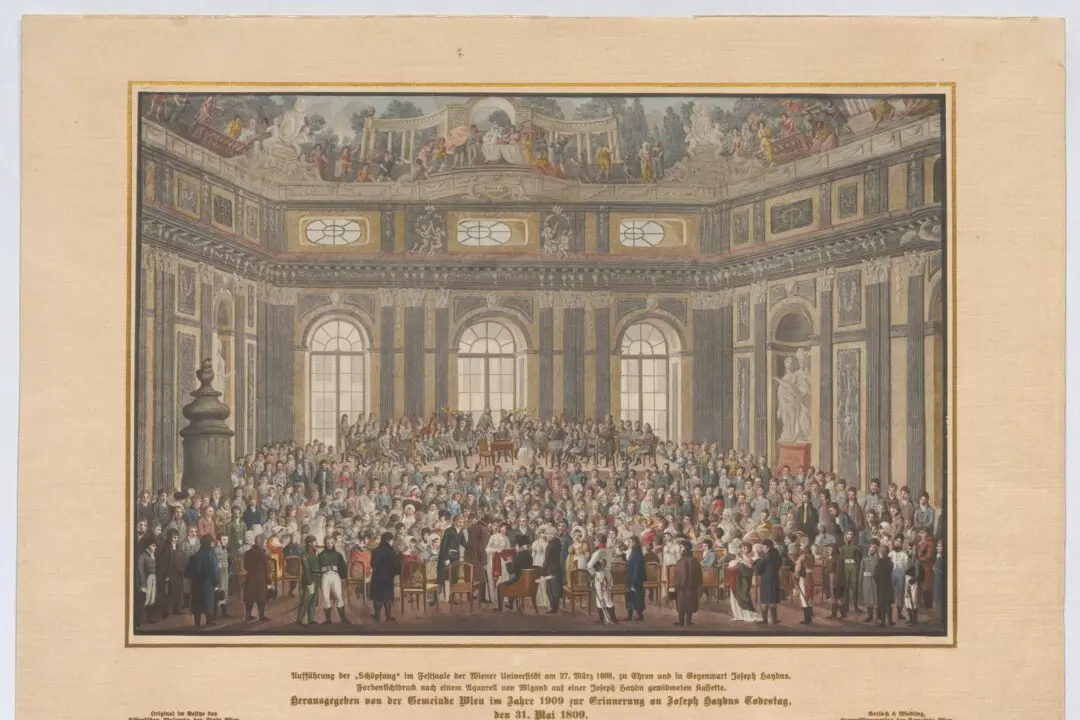Silent movies were filled with music.
Surprised? More than in many of today’s films, movies of the silent era overflowed with music, whether from a single piano in smaller movie houses or a full orchestra in large cities. As film unspooled onto the screen, musicians provided live accompaniment. While this was often improvised or chosen from the classical repertoire common among Western musicians, there were also original scores that directors sent to theaters along with the reels: sad music for sad scenes, love music for romantic bits, heroic music for the clashes of good and evil, etc. Charlie Chaplin’s silent movies came packaged with music composed by him.






